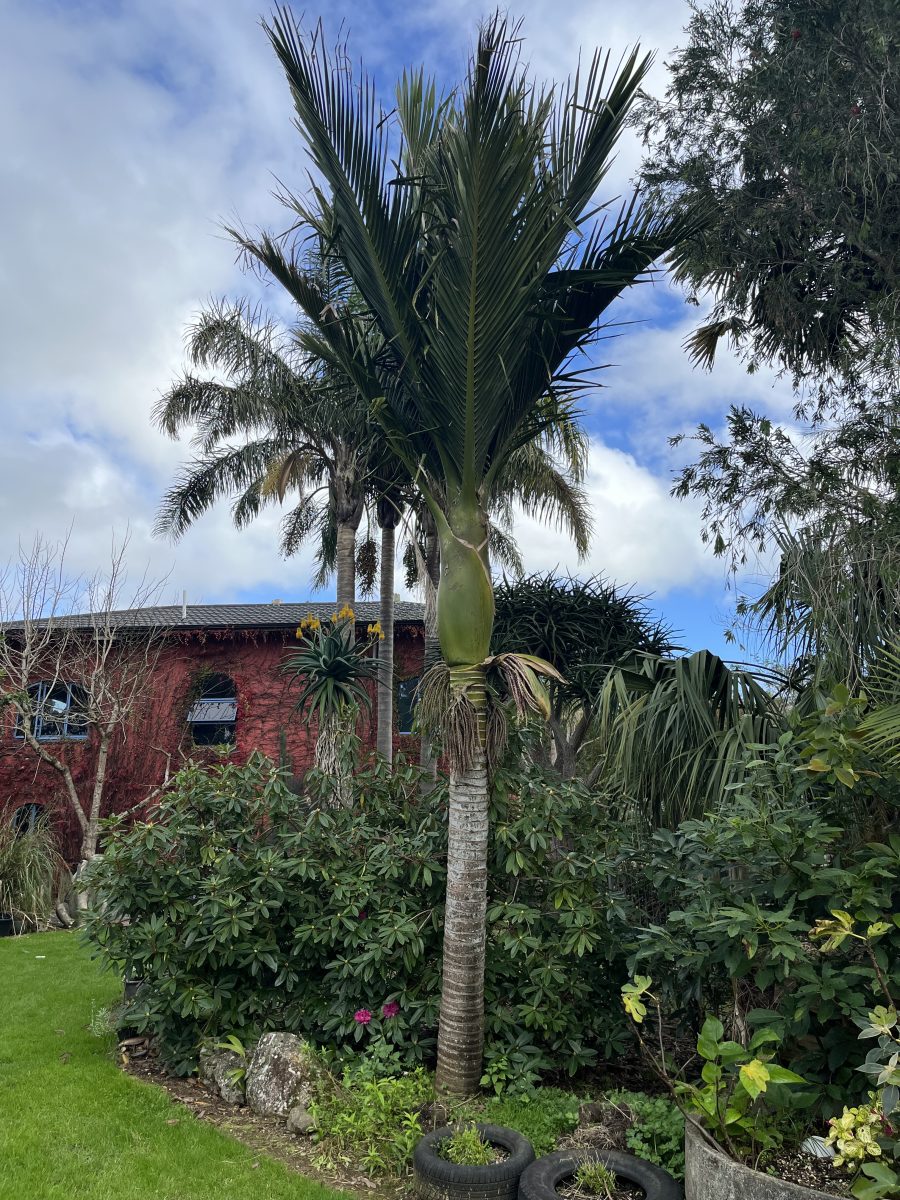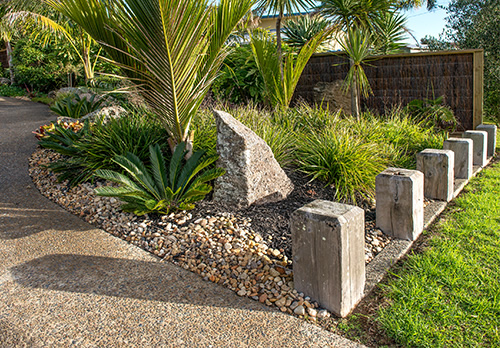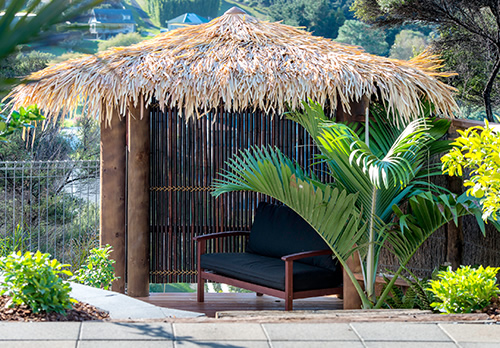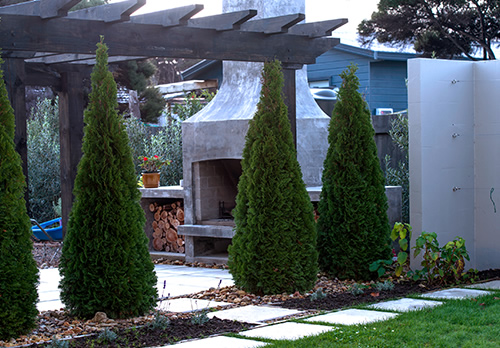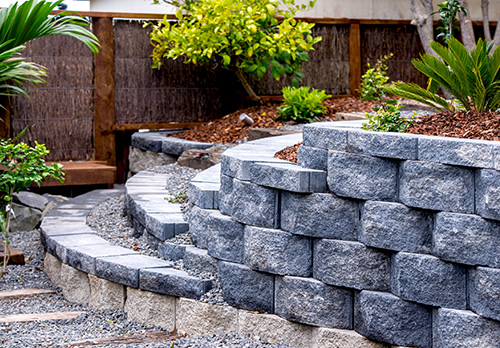Nikau palms, scientifically known as Rhopalostylis sapida, are a magnificent testament to New Zealand’s botanical heritage. As the southernmost palm in the world, the Nikau is the only palm species native to New Zealand. The Nikau palm is a majestic species, often spotted soaring skywards in forests or adding a touch of tropical splendour to urban landscapes across the country.
Importance and Uniqueness of Nikau Palms in New Zealand’s Flora
New Zealand’s plant biodiversity is remarkable, and the Nikau palm holds a unique position within it. Not only does it embody the tropical appearance typically associated with palms, but it also exhibits resilience to cooler climates, something that is rather atypical for most palm species. As such, the Nikau palm is an emblem of adaptation, representing the ability of nature to thrive under a variety of conditions. This makes it an iconic part of the New Zealand flora, reflecting both the nation’s distinct climatic conditions and its rich natural heritage.
This comprehensive guide will explore all aspects of cultivating and caring for Nikau palms. Starting with a deep understanding of the Nikau palm itself, we’ll walk you through the steps of planting, offering long-term care, troubleshooting common problems, and the process of propagation. In addition, the guide will touch on the role of Nikau palms in landscaping and design, before concluding with a note on the importance of their conservation and sustainability. Whether you’re a seasoned gardener or a novice plant enthusiast, this guide will provide you with the knowledge and confidence to successfully nurture your own Nikau palms.
Understanding the Nikau Palm
Description of the Nikau Palm
The Nikau palm is a sight to behold. Its slender, upright trunk, growing up to 15m tall, is capped with a stunning crown of bright green, arching fronds. Each frond, or leaf, is pinnate – comprised of numerous leaflets – and can extend to lengths of 3 meters. The base of the leaf stalks forms a bulbous crown shaft at the top of the trunk, giving the tree its unique and distinctive appearance. Adding to its striking features, it produces large clusters of reddish-purple fruit that attract a variety of birds.
Ideal Natural Habitat and Climatic Conditions for the Nikau Palm
Naturally found in coastal and lowland forests throughout New Zealand, the Nikau palm has adapted to a wide range of climates, from temperate to sub-tropical. They prefer areas with moderate to high rainfall and are usually found in well-drained soils, often near streams. While they can tolerate light frosts and are resilient in the face of windy conditions, they thrive best in sheltered locations where they’re not exposed to extreme cold or heat. The Nikau palm’s broad tolerance to different environments underlines its adaptability, a quality that makes it an excellent choice for many landscapes.
Lifecycle and Growth Patterns of the Nikau Palm
Nikau palms have a fascinating lifecycle and growth pattern. They are slow-growing, and it can take up to 40 years for a Nikau palm to first flower, a testament to the species’ patience and endurance. The first decade of the Nikau palm’s life is typically spent as a seedling before it begins to form a trunk. Growth is gradual but steady, with the tree adding one ring of fronds each year.
Given its slow growth, the cultivation of a Nikau palm requires patience, but the reward is well worth the wait. With proper care and attention, a Nikau palm can live for hundreds of years, making it not just an addition to your garden, but a legacy to be enjoyed by future generations.
In the next section, we will delve into the planting process of Nikau palms, guiding you from choosing the right location to providing initial care after planting.
Planting the Nikau Palm
 When to Plant Nikau Palms
When to Plant Nikau Palms
The best time to plant a Nikau palm is in the spring when the soil begins to warm, giving the palm an entire growing season to establish its roots before the cooler weather sets in. That being said, in milder climates, Nikau palms can be planted at any time of the year, as long as the ground is not frozen or excessively dry.
Choosing the Right Location
Light Requirements
While Nikau palms can tolerate a range of light conditions, they prefer a location with partial to full sunlight. Young palms, however, are more sensitive and may need some shade protection during the hottest parts of the day. As they mature, they will be able to tolerate more sunlight.
Soil Requirements
Nikau palms prefer a well-draining soil rich in organic matter. They naturally grow in forest environments where they benefit from the rich, humus-filled soil. Although adaptable to a range of soil types, they do not do well in areas with standing water or where the soil is consistently wet.
Steps to Plant a Nikau Palm
To plant a Nikau palm, start by digging a hole that is twice as wide and twice as deep as the root ball of the palm. Place the palm into the hole, ensuring that the top of the root ball is level with the ground surface. Fill the hole back with the excavated soil, packing it gently around the base of the palm to eliminate air pockets.
Initial Care Post-Planting
After planting, water the palm thoroughly. This will not only provide the roots with necessary moisture but will also help settle the soil around the roots. For the first few weeks, keep the soil consistently moist but not waterlogged. Regular watering during this establishment period will help the palm to settle in and promote healthy root growth. Protection from extreme weather conditions, particularly strong winds and frost, will also be crucial during this initial period.
In the following sections, we will detail how to provide long-term care for your Nikau palms, ensuring they grow healthy and strong.
Long-term Care for Nikau Palms
Watering Requirements and Techniques
After the initial establishment period, Nikau palms are relatively low-maintenance when it comes to watering. They are quite drought-tolerant but prefer regular watering during the drier months to keep the soil from drying out completely. Avoid overwatering, as this can lead to root rot. The key is to ensure the soil is well-drained and never waterlogged.
Optimal Sunlight and Temperature Conditions
As the Nikau palms mature, they can tolerate a range of sunlight conditions from partial shade to full sun. However, they still appreciate some protection from extreme heat, particularly in the middle of summer. If the leaves begin to brown or look burnt, it might be an indication of too much direct sunlight.
While Nikau palms are resilient to a range of temperatures, they do best in a mild to warm climate and can suffer in freezing conditions. If your area experiences frost, it is advisable to protect younger palms with frost cloth or move them to a sheltered location.
Pruning and Maintenance for Healthy Growth
Nikau palms require minimal pruning. If a frond is yellow, brown, or damaged, it can be pruned off at the base. However, green fronds should be left intact as they provide essential nutrients for the palm. Regular inspection of the palm for signs of disease or pest infestation is a crucial part of maintenance.
Fertilization: When and What to Use
While Nikau palms are not heavy feeders, they will benefit from an application of a slow-release palm fertilizer in the spring and again in the late summer. This will help provide the nutrients necessary for healthy growth. Always follow the manufacturer’s instructions when applying fertilizer. Over-fertilizing can harm the palm.
Taking care of your Nikau palm is a commitment, but one that is rewarding when you see your palm thrive. In the next section, we will discuss how to troubleshoot common problems that may arise in your palm’s life.
Troubleshooting Common Problems
Identifying Common Diseases and Pests
Despite their resilience, Nikau palms can occasionally fall prey to a few pests and diseases. The most common ones include scale insects, mealybugs, and sometimes palm aphids. These pests can be identified by their presence on the fronds or by the sooty mould their secretions can foster. Fungal diseases can also afflict Nikau palms, often manifesting as leaf spots or wilting fronds.
Preventative Measures and Treatment Options
Regular inspection of your Nikau palm is an essential preventative measure. Early detection of pests or disease symptoms will enable more effective treatment. For pests, consider using a gentle insecticidal soap or horticultural oil, which should be sprayed thoroughly on affected areas, following manufacturer’s instructions. In case of a fungal disease, remove affected fronds and consider a suitable fungicide, again following the manufacturer’s guidance.
Maintaining a healthy growing environment is also key to preventing issues. Ensure the palm has well-drained soil, adequate (but not excessive) watering, and sufficient nutrients. Stress from poor care can make palms more susceptible to diseases and pests.
Managing Weather-Related Challenges
Extreme weather conditions can be challenging for Nikau palms. In high wind areas, Nikau palms can be damaged, but their flexible trunks usually prevent breakage. To protect them, plant your palms in a sheltered area or provide some form of windbreak.
Frost is a significant challenge for young Nikau palms, and can cause damage or even kill them. Mature palms are more resistant but can still be affected in severe frost conditions. In frost-prone areas, consider using frost cloth or moving the palms to a more sheltered location.
In the next section, we will delve into the propagation of Nikau palms, offering tips for those looking to expand their tropical garden.
Propagation of Nikau Palms
Best Time and Methods for Propagation
Nikau palms are typically propagated from seed. The best time for sowing is in spring when temperatures are consistently warm. It’s also worth noting that Nikau seeds have a short viability period and should be sown as soon as possible after they’re collected.
How to Germinate Seeds Effectively
To germinate Nikau seeds, first soak them in water for 24 hours to help soften the outer shell. Then, plant the seeds in a mix of equal parts peat moss and perlite, or a general seed raising mix, placing them about 1 inch deep. Keep the soil moist and place the container in a warm, shaded location. Patience is key with Nikau palms, as germination can take anywhere from 2 months to a year.
Transplanting Young Nikau Palms
Once the seedlings have established a decent root system and have a few sets of leaves, usually after a year or so, they can be carefully transplanted into larger pots or directly into the garden if conditions are suitable. Make sure to handle the young plant and its roots with care during this process to avoid damage.
Propagation is a fulfilling activity that allows you to expand your collection of Nikau palms and even share them with others. In the next section, we’ll look at the role of Nikau palms in landscaping and design.
The Role of Nikau Palms in Landscaping and Design
Typical Uses of Nikau Palms in Garden and Landscape Design
The distinctive, feather-like fronds and cylindrical trunk of Nikau palms make them a stunning addition to any landscape design. They provide a tropical touch and a vertical accent in gardens. Because of their tolerance for a range of lighting conditions, they can be used in various parts of the garden – from sunny spots to more shaded areas.
In public landscapes, Nikau palms are often used in parks and along streets for their hardiness and minimal maintenance requirements. They also look attractive when planted in groups or rows, providing a rhythmic visual pattern.
Complementary Plants to Grow with Nikau Palms
Nikau palms pair well with a variety of other plants. Ferns, hostas, and other shade-loving plants can be planted at the base of the Nikau palm to create a layered, tropical look. Other New Zealand native plants, such as Pohutukawa or Kowhai, can complement the Nikau palm and together create a distinctly local landscape.
Nikau palms also work well with a variety of ornamental grasses and can be used in a mixed border for added texture and contrast.
Landscaping with Nikau palms provides a myriad of design opportunities. In the next section, we will discuss the importance of conservation and sustainability when it comes to these beautiful native palms.
Conservation and Sustainability of Nikau Palms
Importance of Conservation Efforts
Nikau palms, while not currently threatened, play a vital role in New Zealand’s ecosystem, providing food and habitat for a variety of bird species. Hence, their conservation is of utmost importance. Preserving existing Nikau palms and planting more in urban and suburban landscapes contributes to maintaining biodiversity and ensuring the survival of this unique species.
How to Contribute to Nikau Palm Sustainability at Home
Every gardener can play a part in Nikau palm conservation. By choosing to plant native plants like Nikau palms, you support local biodiversity and provide habitat for local wildlife. Using organic gardening practices, avoiding harmful pesticides, and managing water wisely also contribute to sustainability.
If you have mature Nikau palms, consider harvesting and planting the seeds to propagate new palms. Sharing these seedlings or seeds with other gardeners can help spread the love for these native palms even further.
In conclusion, the cultivation, care, and propagation of Nikau palms are rewarding gardening activities that also contribute to the conservation of New Zealand’s unique flora. We encourage everyone to include these majestic palms in their gardens and landscapes.
Conclusion
Recap of Key Points
Cultivating Nikau palms is a fulfilling journey that brings a piece of New Zealand’s unique landscape to your garden. Understanding the Nikau palm, from its physical characteristics to its ideal habitat and growth patterns, is the first step. Planting the Nikau requires careful attention to location, light, and soil requirements, followed by diligent initial care.
Long-term maintenance involves regular watering, ensuring optimal sunlight and temperature conditions, minimal pruning, and periodic fertilization. Troubleshooting potential problems with pests, diseases, or weather conditions ensures the healthy growth of the palm. Successful propagation of the Nikau palms can be achieved by following proper seed germination and transplanting techniques.
Nikau palms play a crucial role in landscaping and design due to their distinctive appearance, offering various aesthetic possibilities when paired with other plants. Finally, by actively participating in conservation efforts and promoting sustainability, every gardener can contribute to preserving this beautiful native species.
Encouragement for the Reader’s Nikau Palm Journey
Whether you’re a seasoned gardener or a beginner, the process of growing a Nikau palm from seed to a mature palm is an incredible experience. The majestic beauty of a thriving Nikau palm is worth every bit of time and effort invested. Remember, patience is key, and the journey is just as important as the destination. So, embark on this journey and contribute to the preservation of New Zealand’s unique flora. Happy gardening!
References
Citing Sources of Information
This guide has been developed with the help of several reputable sources:
- How to grow iconic Nikau Palms – Stuff.co.nz
- About Nikau Palm – Tawapou Coastal Natives
- Nikau Palm – The Plant Base
- Nikau Palm – New Zealand Department of Conservation
Recommended Further Reading and Resources for Nikau Palm Care
For more in-depth information about the care and cultivation of Nikau palms, we recommend:
- “The Gardener’s Encyclopedia of New Zealand Native Plants” by Yvonne Cave and Valda Paddison. This book offers comprehensive information about growing New Zealand natives.
- Royal New Zealand Institute of Horticulture – provides resources and guides on New Zealand’s unique flora.
- New Zealand Plant Conservation Network – offers a wealth of resources on the conservation of native plants.
Remember, caring for native plants like the Nikau palm is not just about enhancing your own garden—it’s about contributing to the preservation and proliferation of New Zealand’s unique biodiversity. Happy gardening!




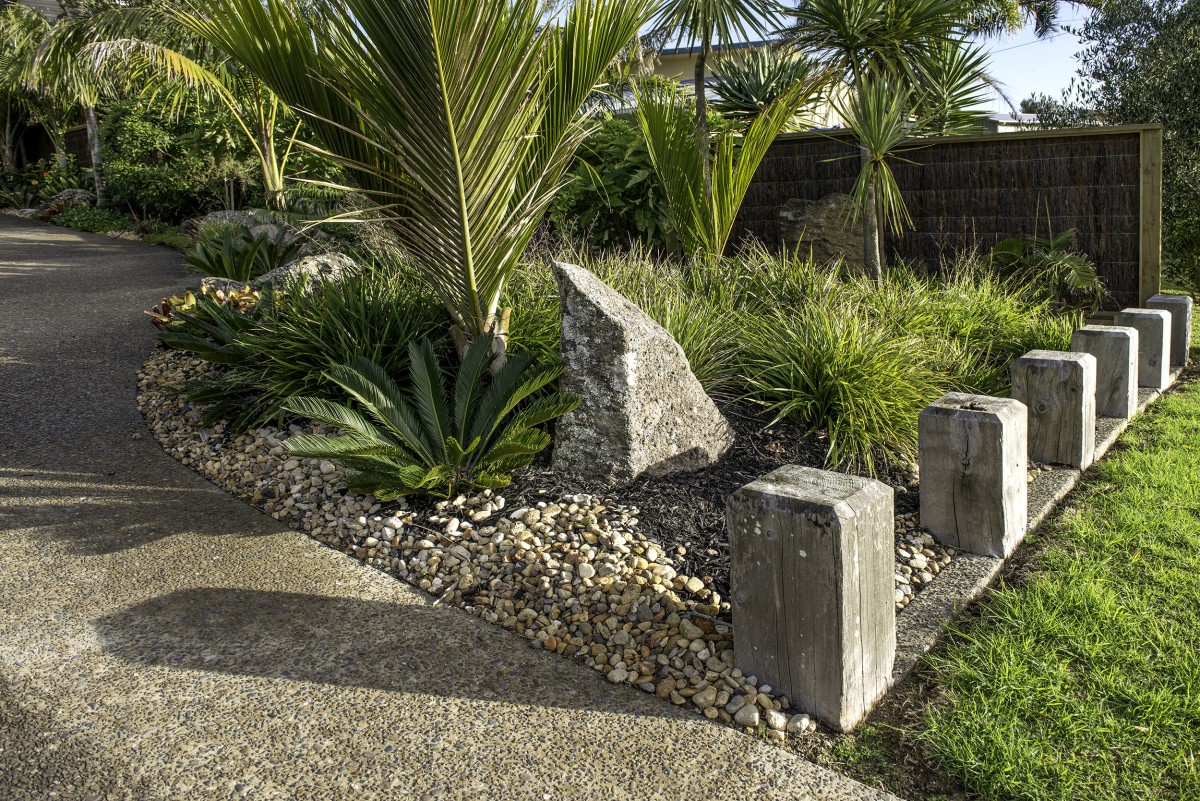
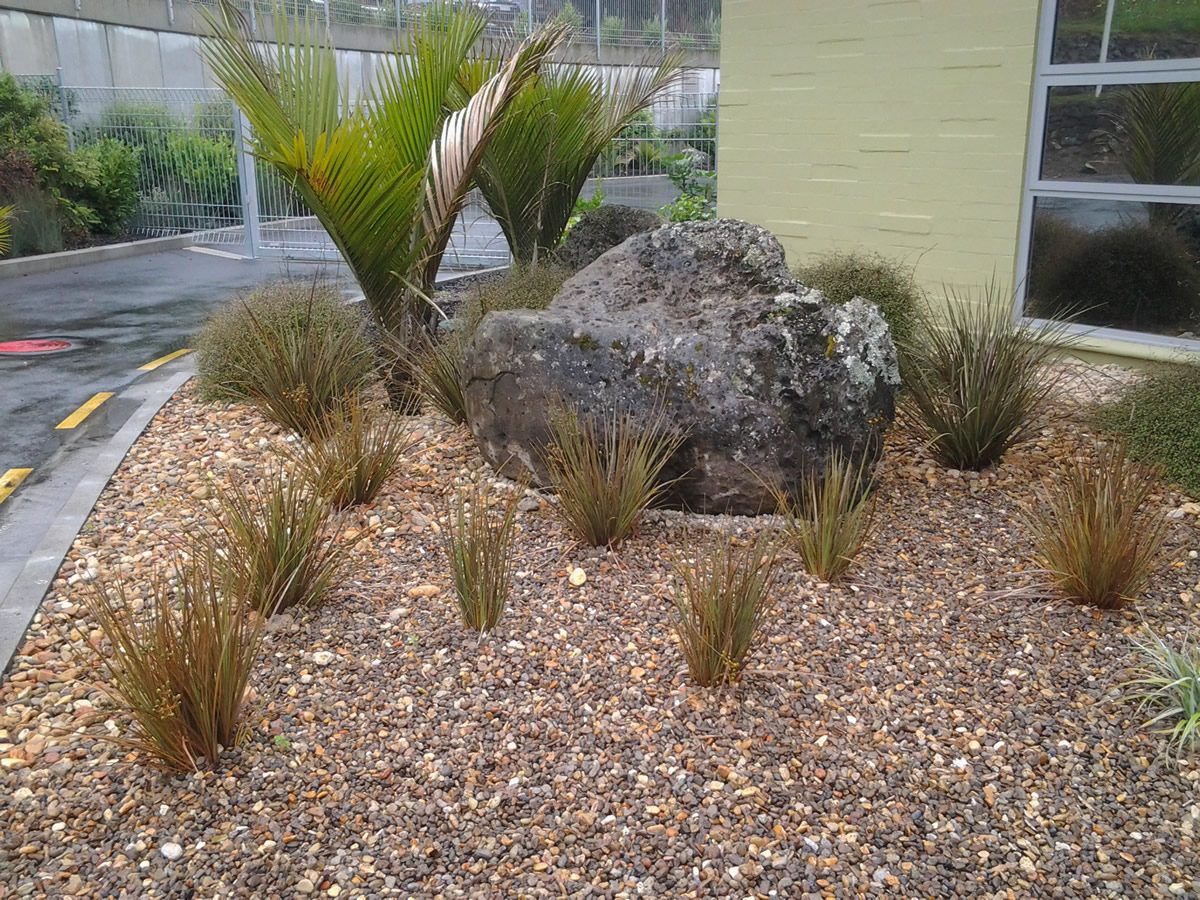 When to Plant Nikau Palms
When to Plant Nikau Palms